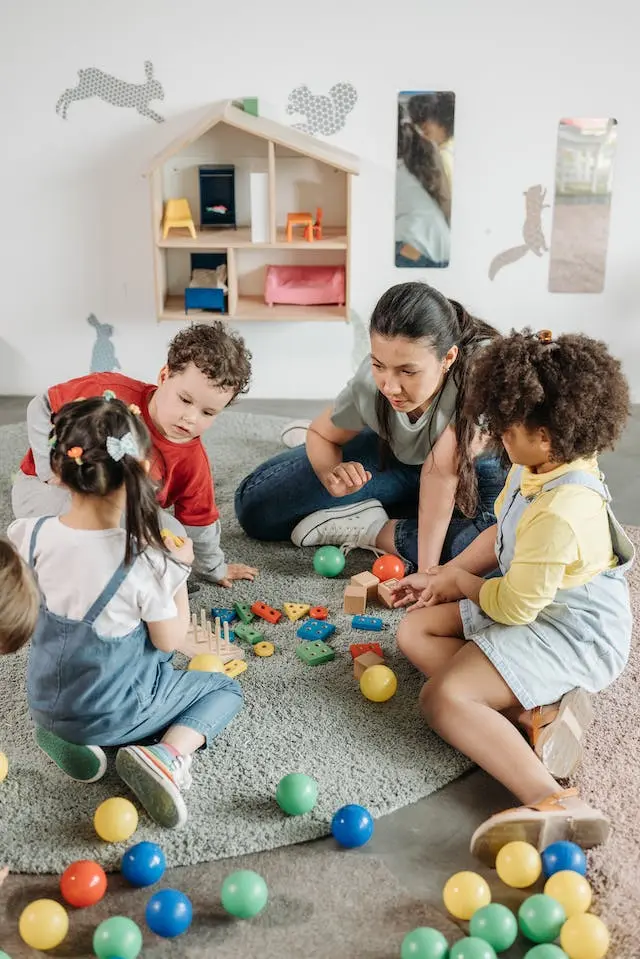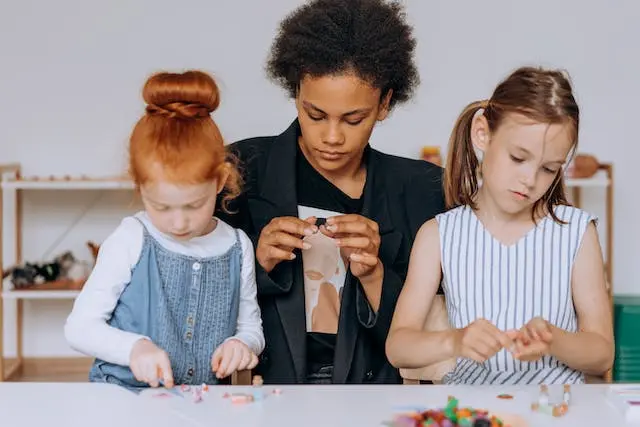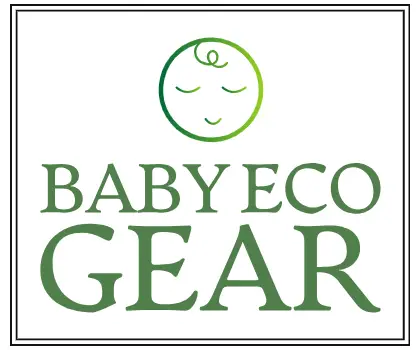Witnessing your baby’s tiny fingers contort and grasp, mastering the delicate art of the pincer grip, is a marvel to behold. From clutching at plush blankets to reaching for shimmering toys, this seemingly simple act lays the foundation for a lifetime of skills. It’s a tiny milestone with monumental consequences, paving the way for scribbling with crayons, buttoning shirts, and wielding paintbrushes like tiny Picassos.
What is the Pincer Grasp?
The pincer grasp is more than just a cute trick. It’s the culmination of several key neurological and physical developments in your baby. It involves coordinated muscle movements, improved hand-eye coordination, and a developing sense of depth perception. When your baby masters this grasp, it opens up a world of possibilities:
- Fine motor skills: Threading beads, building with blocks, and exploring sensory textures become easier.
- Independence: Self-feeding, dressing, and manipulating objects become achievable, boosting confidence and self-esteem.
- Cognitive development: Problem-solving, spatial awareness, and hand-brain connections flourish.

When Does a Baby Develop a Pincer Grasp?
Every baby develops at their own pace, and the pincer grasp is no exception. Most babies begin showing signs of this skill around 6-9 months, with full mastery typically occurring between 12-18 months. However, some babies may grasp earlier or later, and that’s perfectly normal.
Here’s a rough timeline to keep in mind:
- 3-6 months: Palmar grasp – grasping objects with the whole palm.
- 6-9 months: Early pincer grasp – clumsy attempts at using thumb and index finger together.
- 9-12 months: Refined pincer grasp – improved coordination and precision in picking up small objects.
- 12-18 months: Mature pincer grasp – smooth and controlled picking up of tiny objects.
Fun and Engaging Activities to Develop Your Baby’s Pincer Grasp
The good news is, you can actively encourage your baby’s pincer grasp development through fun and engaging activities. Here are some ideas to get you started:
Sensory Play:
- Treasure hunts: Hide small toys like pom-poms, beads, or buttons in a sensory bin filled with rice, beans, or dry pasta. Let your baby dig and explore to find the hidden treasures.
- Playdough fun: Offer safe, non-toxic playdough and encourage your baby to squish, roll, and pinch it into shapes. Use cookie cutters or plastic tools to add an extra challenge.
- Water play: Fill a shallow tub with water and add floating toys like rubber ducks or sponges. Your baby will love splashing and grasping to catch them.
Fine Motor Skills Boosters:
- Finger foods: Offer bite-sized pieces of soft fruits, veggies, or crackers. Encourage your baby to pick them up using their pincer grasp. Start with larger pieces and gradually move to smaller ones.
- Stacking toys: Introduce chunky, easy-to-grasp blocks or rings. Show your baby how to stack them, and let them try it themselves.
- Tongs and tweezers: Safe plastic tongs and tweezers are perfect for picking up cereal, dried pasta, or cotton balls. This activity requires more precision and strengthens the pincer grasp.
Creative Playtime:
- Finger painting: Let your baby explore the world of colors with washable finger paints. The act of dipping their fingers and smearing the paint strengthens their grasp.
- Play with stickers: Peel off small stickers and encourage your baby to stick them onto paper or cardboard. This activity requires precise finger control and coordination.
- Buttoning games: Use large buttons and a soft fabric to create a simple “buttoning board.” Show your baby how to push the button through the hole, and let them practice their new skill.
Remember:
- Keep it simple and age-appropriate. Choose activities that match your baby’s current development level.
- Make it fun and engaging. Mix up the activities and keep playtime exciting.
- Be patient and encouraging. Mastering the pincer grasp takes time and practice. Celebrate every small victory!
Bonus Tip: Make bath time a pincer grasp playground! Use rubber duckies, squirt toys, and bath sponges for your baby to practice their skills.

Frequently Asked Questions (FAQs)
Q: My baby’s tiny fingers are everywhere! Are they just curious, or is the pincer grasp lurking in the shadows?
What are some signs my baby is developing the pincer grasp?
A: Hold onto your hats, because those inquisitive grabs could be the first signs of pre-pincer magic! Look for these clues:
- Tiny Target Hunters: Is your little one fixated on miniature marvels, reaching for crumbs, buttons, or even your errant earrings? That’s their desire for precision taking root.
- Thumb & Index Tango: Even if it’s a clumsy two-step, watch for the thumb and index finger tentatively teaming up to grasp. This awkward ballet is the foundation for future finesse.
- Eyes on the Prize: Observe their hand-eye coordination blossoming. Can they track a moving object and adjust their grasp accordingly? This eagle-eyed precision is crucial for pincer success.
- From Rake to Refinement: Don’t be fooled by the “raking” motion! That sweeping grab, where they use their whole palm to pull objects closer, is a stepping stone to the targeted pincer grasp. Celebrate these early attempts – they’re paving the way for future mastery!
Q: My baby’s peers are pincer pros, while mine seems content with whole-hand grabs. Should I sound the alarm?
Should I be concerned if my baby isn’t showing signs of the pincer grasp by a certain age?
A: Take a deep breath, fellow parent! Every little explorer navigates their own developmental map, and pincer grasp milestones can vary. While comparing to others is natural, remember it’s not a race. Here’s what to keep in mind:
- Individual Pace: Some babies master the pincer grasp as early as 9 months, while others may take until 18 months or even longer. Trust your baby’s unique timeline.
- Focus on Progress: Look for signs of overall development, not just pincer perfection. Are they reaching for objects, showing hand-eye coordination, or improving their grasp technique? These are all positive indicators.
- Consult Your Captain: If concerns linger, your pediatrician is your trusted guide. They can assess your baby’s individual progress, offer guidance, and recommend further evaluation if needed.
Q: Toy Time, Pincet Time! Can I equip my mini-me with magical grasp-boosting gadgets?
Are there any toys specifically designed to help with the pincer grasp?

A: Absolutely! Just like tiny ninjas need their shuriken, your little explorer can conquer the world of pincer perfection with a few well-chosen toys. Here are some grip-grooving superstars:
- Stacking Cups: Ditch the wobbly plastic towers and grab chunky, easy-to-grasp cups in different sizes. Watch their tiny fingers clench and conquer as they build and grasp their way to the top!
- Bead Bonanza: Forget the boring necklaces – unleash a rainbow explosion of large, colorful beads and laces. Threading and grasping, oh my! These tactile treasures will have their fingers dancing with delight.
- Tweezer Triumphs: Who needs superpowers when you have safe plastic tweezers? From rescuing Cheerios from cereal prison to nabbing cotton ball clouds, these precision tools will turn your little one into a pincer pro.
- Sensory Squish: Bumpy, squishy balls aren’t just for bath time! These textured marvels stimulate their senses and encourage grasping and manipulation. Watch their tiny hands explore and conquer the world of squish, one squeeze at a time.
Bonus Tip: Turn everyday objects into pincer playgrounds! Let them help sort laundry, pick up coins, or even “dust” furniture (with your supervision, of course!). Every interaction is a chance to hone their grasp and conquer the world, one tiny treasure at a time.
Q: Forget fancy gadgets! How can I turn everyday chores into pincer-grasp playgrounds?
How can I make everyday activities help my baby’s pincer grasp?
A: Who needs expensive toys when you can transform your daily routine into a pincer-grasp bootcamp? Just sneak these simple tasks into your day and watch your mini-ninja master the art of the tiny grab:
Mealtime Munch: Ditch the pre-mashed mush and let your little explorer pick up bite-sized pieces of food themselves. From squishy blueberries to crunchy carrots, every nibble strengthens their grasp.
Snacktime Safari: Turn snack time into a treasure hunt! Offer tiny, finger-friendly delights like dried fruit or cracker crumbs. The thrill of the chase and the joy of the tiny grab will have their fingers dancing with delight.
Toy Tumbleweed Roundup: Don’t despair at the toy tornado! Unleash your inner drill sergeant and turn cleanup into a pincer-grasp party. Encourage your tiny helper to pick up toys and toss them into a basket – every toss a tiny triumph!
Dressing-Up Dojo: Dressing time is no longer a battle of wills! Let your little warrior assist with pulling on socks or mittens (with supervision, of course!). Each tug and pull is a pincer-grasp victory, paving the way for dressing independence.
Bonus Tip: Remember, every interaction is a chance to boost their grasp! From sorting laundry to “helping” with gardening, turn everyday moments into pincer-grasp playgrounds. Celebrate their progress, no matter how tiny, and watch their tiny fingers conquer the world, one delicious bite, one stray sock, one playful grab at a time!
Remember, every interaction you have with your baby is an opportunity for them to learn and grow. By incorporating these fun and engaging activities into your daily routine, you’ll be providing your little one with the perfect environment to master the pincer grasp and unlock a world of possibilities!
Q: Pincet Power & Planet Play: Can Wooden Toys be the Eco-Friendly Heroes of Tiny Grasps?
A: Absolutely! In the battle for sustainable, safe, and development-boosting playtime, wooden toys stand as champion knights, ready to empower tiny hands and conquer eco-anxiety. Here’s why:
Pincet Perfection: Wooden toys are often chunky and textured, ideal for those clumsy, adorable attempts at the pincer grasp. From smooth rings to bumpy blocks, they offer endless opportunities to refine that crucial fine motor skill, paving the way for future scribbling, buttoning, and world-dominating!
Eco-Warriors in Training: Forget plastic mountains and endless landfill woes! Wooden toys are crafted from renewable resources, making them a sustainable choice for both your wallet and the planet. Imagine tiny hands clutching eco-friendly treasures, passing on a love for nature with every playful grab.
Child Safety Champions: No more worries about BPA nasties or choking hazards! Wood is naturally safe, free from harmful chemicals and sharp edges. Let your little explorers roam free, knowing their pincer-grasp adventures are protected by nature’s finest materials.
Bonus Tip: Upcycle old wooden toys! Give them a fresh coat of paint or transform them into new creations. Every wooden toy is a blank canvas for imaginative play and sustainability.
Eco-Friendly Parenting Made Easy: Wooden toys are not just Earth-friendly, they’re budget-friendly too! They’re often heirloom-quality, passed down through generations, sharing pincer-grasp joy and reducing waste. Plus, the natural beauty of wood sparks creativity and reduces screen time, fostering a love for the outdoors and a healthier planet.
So, ditch the plastic and embrace the power of wood! Let your mini-me conquer developmental milestones with eco-friendly, safe, and open-ended wooden toys. Together, you can raise pincer-grasp pros and planet-loving heroes, one playful adventure at a time!
Conclusion:
The pincer grasp is not just a cute milestone; it’s a crucial step in your baby’s development. By understanding its importance and engaging them in fun and stimulating activities, you can help them master this skill with confidence and joy. With patience, encouragement, and a sprinkle of playtime magic, your baby will soon be picking up tiny treasures and leaving their mark on the world, one grasp at a time!
